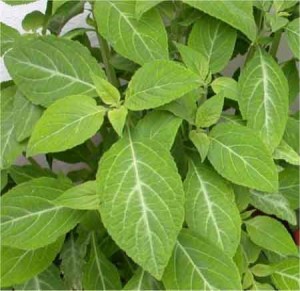 Classification: Hallucinogenic dissociative
Classification: Hallucinogenic dissociative
Common Names/Nicknames: Salvia, diviner’s sage, seer’s sage, Maria’s sage, ska, ska pastora
Active Compound: Salvinorin A
Found in: Salvia divinorum plant, salvia tea, salvia quid, tincture of salvia
Mode of Consumption: Ingestion, inhalation (smoked), mucosal absorption (oral, sublingual)
DEA Scheduling/Legal Status (in US): Federally unscheduled. Schedule I and illegal in Delaware, Florida, Illinois, Kansas, Mississippi, Missouri, North Dakota, Oklahoma, and Virginia. Restricted distribution in California, Louisiana, Maine, and Tennessee
Effects:
Hallucinations, euphoria, slowed passage of time, dissociation, emotional dysregulation, synesthesia, glossolalia, increased body temperature, light-headedness, nausea, anxiety
Risks:
Acute: “Bad trip,” tolerance, accidental injury, psychosis, amnesia
Chronic: Posthallucinogen perceptual disorder (PHPD, aka “flashbacks”), some evidence for triggering longer-term psychosis
Dangerous Drug Combinations:
Possibly dangerous combination with antidepressants and other drugs that affect serotonin levels.
Special Considerations:
Salvia has relatively low risk of harm and is seen as non-addictive.
And remember, if somebody may need help, play it safe and call for medical assistance.
“Students may bring an intoxicated or drug-impaired friend to University Health Services or to a hospital, or seek assistance from College residential life staff or HUPD, and by doing this, neither they nor the friend will face disciplinary action from the College for having used or provided alcohol or drugs.”
The Amnesty Policy
Harvard College Student Handbook
Sources:
Buzzed: The Straight Facts About the Most Used and Abused Drugs from Alcohol to Ecstasy (Third Edition), by Cynthia Kuhn, Scott Swartzwelder, and Wilkie Wilson. Published 2008 by W. W. Norton & Company.
National Institute on Drug Abuse (NIDA), part of the National Institute of Health (NIH) of the U.S. Department of Health and Human Services.
http://www.nida.nih.gov/DrugPages/
U.S. Drug Enforcement Agency (DEA), part of the U.S. Department of Justice.
Erowid Organization

